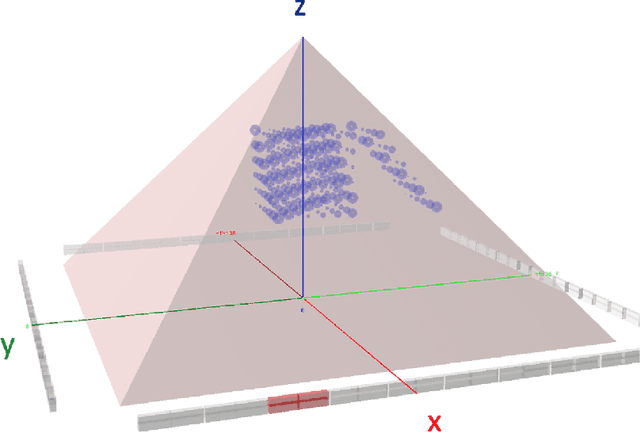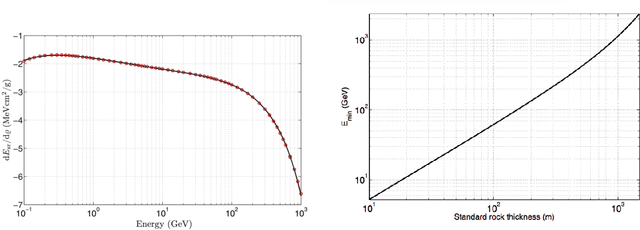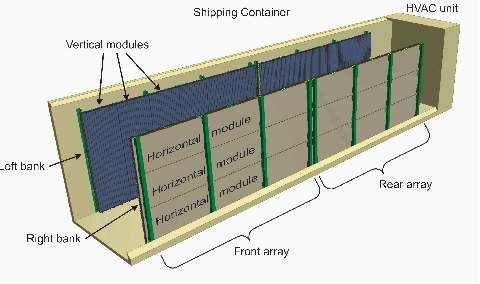Mira Liu
Simulation of Muon Tomography Projections to Image the Pyramids of Giza
Feb 27, 2024



Abstract:Purpose: A geometric simulation of a possible two-plane detector was developed to test the abilities of the detector to generate high-resolution images of the Great Pyramid using muon tomography. Methods and Materials: Trajectory range, angular resolution, and acceptance of the detector were calculated with a simulation. Trajectories and the corresponding sinogram space covered were simulated first with one detector in one location, and then two moving detectors on adjacent sides of the pyramid. The resolution at the center slice of the pyramid was calculated using the angular resolution of the detector. Results: The simulation returned trajectory range encompassing the pyramid and peak angular resolution of .0004sr. Sinogram space covered by one position was inadequate, however two moving detectors on adjacent sides of the pyramid cover a significant portion. Resolution at the center of the pyramid is roughly 3m. Conclusions: The simulation provides a way to calculate the detector positions needed to cover an adequate amount of sinogram space for high-resolution cosmic-ray tomographic reconstruction of the Great Pyramids. Key Words: high-resolution muon tomography, one-sided tomography, sinogram simulation, detector simulation
Tomographic Muon Imaging of the Great Pyramid of Giza
Feb 16, 2022



Abstract:The pyramids of the Giza plateau have fascinated visitors since ancient times and are the last of the Seven Wonders of the ancient world still standing. It has been half a century since Luiz Alvarez and his team used cosmic-ray muon imaging to look for hidden chambers in Khafres Pyramid. Advances in instrumentation for High-Energy Physics (HEP) allowed a new survey, ScanPyramids, to make important new discoveries at the Great Pyramid (Khufu) utilizing the same basic technique that the Alvarez team used, but now with modern instrumentation. The Exploring the Great Pyramid Mission plans to field a very-large muon telescope system that will be transformational with respect to the field of cosmic-ray muon imaging. We plan to field a telescope system that has upwards of 100 times the sensitivity of the equipment that has recently been used at the Great Pyramid, will image muons from nearly all angles and will, for the first time, produce a true tomographic image of such a large structure.
 Add to Chrome
Add to Chrome Add to Firefox
Add to Firefox Add to Edge
Add to Edge